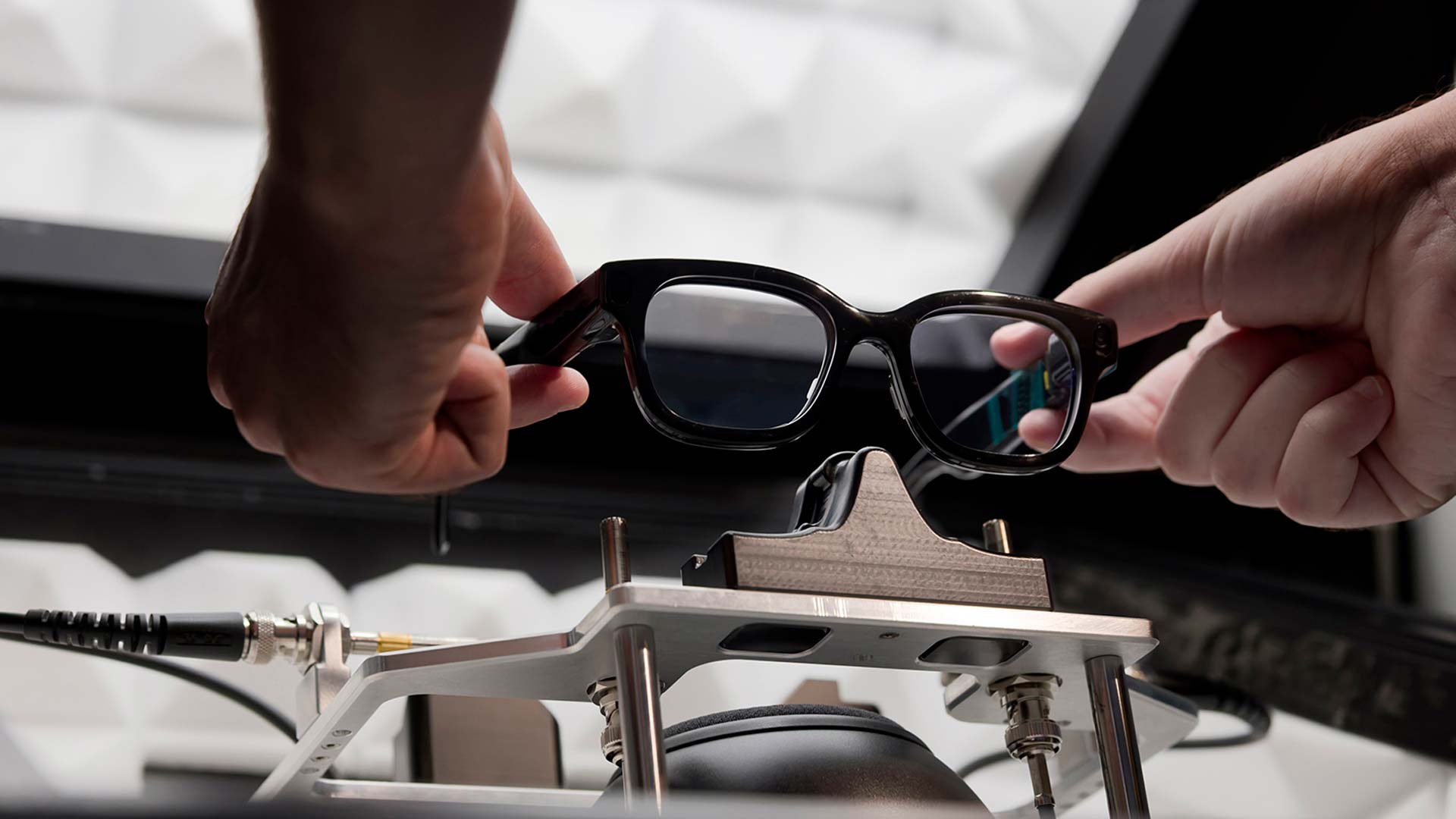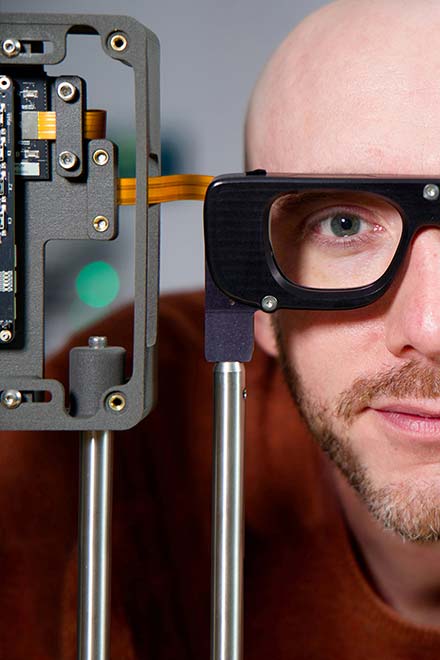Prototyping

From early-stage concepts to fully functional prototypes, our teams guide partners through every phase of AR glasses development, delivering designs ready for manufacturing.
Industrial Design
Planning for functionality, aesthetics, and manufacturing
AR devices must be wearable for long periods, fit a wide range of head shapes, and look and feel natural across an array of social situations. Our industrial design process balances all of these elements through meticulous user testing, research, and materials.
Device
Cross-discipline design and engineering
We help bring AR glasses prototypes to life, starting with system-level thinking and refining every detail through design and engineering. Our team works across disciplines to create devices that balance performance, reliability, and user experience.
Design Scope
Concept Architecture
Hardware Engineering
Integration Builds
Prototype
Rapid prototypes, real insights
Prototypes turn ideas into evidence. In our labs, engineers and designers work side by side to explore form, validate function, and test integration. It’s how we move fast, learn early, and optimize our designs.
Prototyping Workflows
Audio Systems
Electronics Prototyping
Rapid Fabrication
Validation Testing
Human-Centric
Engineering for human experience
Our human factors team designs with people in mind from the start. Using vision science, simulation tools, and hands-on testing, we make sure AR devices feel natural, fit comfortably, and work the way users expect.
Human Factors and UX
Anthropometric Fit
Perceptual Testing
User Trials
Automated Verification
Product Engineering
From designs to scalable reality
From optical alignment and thermal comfort to materials and durability, every component and decision is tested for manufacturability and user impact. Our prototyping process allows for early validation of fabrication and manufacturing methods.
Built for Resilience
Stability in motion
We design in the lab, and we think about how to build for the everyday. That means accounting for how devices shift, flex, and respond as the user moves through their day — from taking them on and off, to accidental drops along the way. Through ongoing stress testing, process refinement, and with the understanding of how people move, we’re working to ensure digital content stays right where it's expected.






